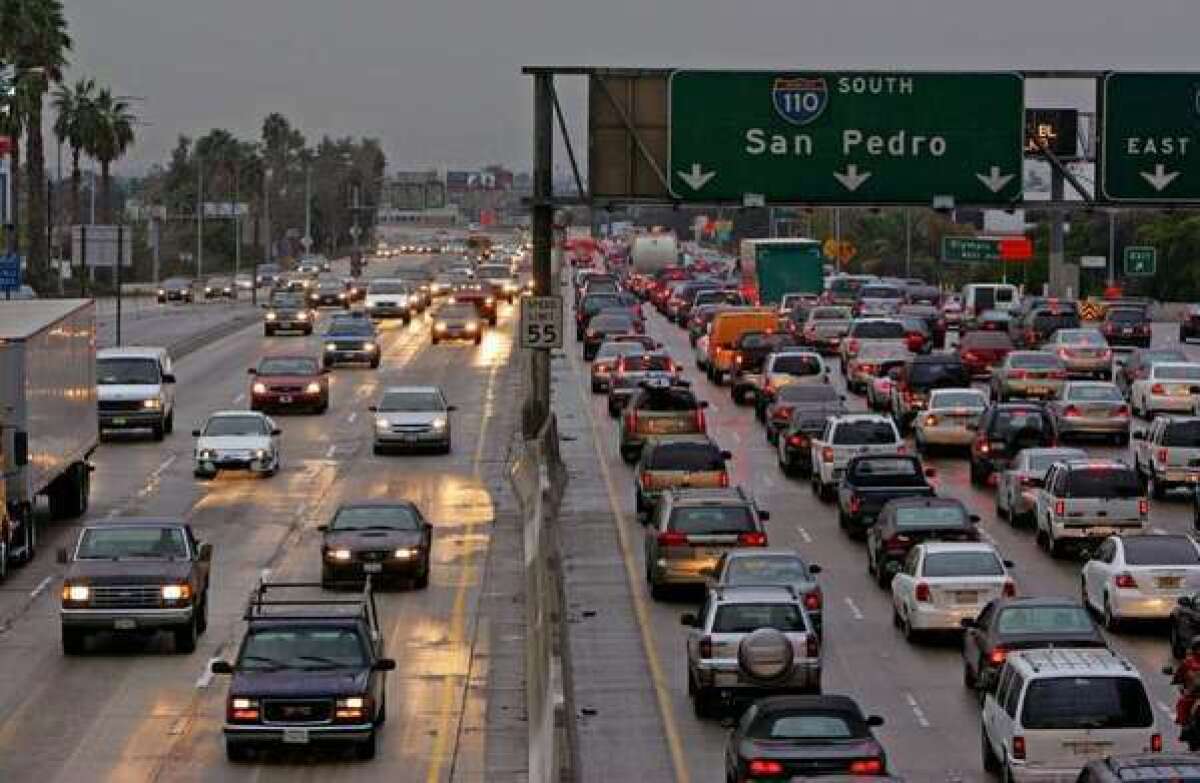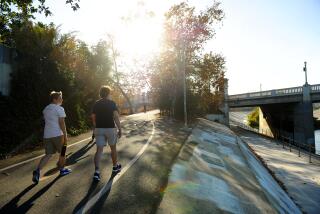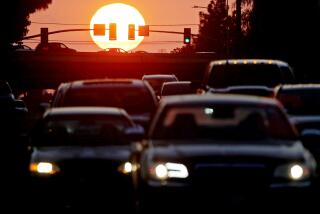Living near traffic linked to increased cancer risk in children

Researchers have already uncovered worrying signs that exposure to traffic – and the vehicle emissions that come with it – can increase a child’s risk of developing asthma and autism. Now comes evidence that it may make children more susceptible to certain kinds of cancers.
Researchers used the California Department of Transportation’s computer model of traffic-related air pollution to estimate pollution exposure in communities across the state. They also used the California Cancer Registry to identify 3,590 children born between 1998 and 2007 who were diagnosed with some type of cancer. Then they compared the two to look for links between traffic and cancer incidence.
The researchers – from UCLA, USC and UC Irvine – ranked places in the state according to their degree of pollution resulting from traffic and sorted them into four groups, from the least exposure to the most. They discovered that the more pollution in a place, the higher the incidence of certain kinds of childhood cancers. These included acute lymphoblastic leukemia, a type of blood cancer in which the bone marrow overproduces a type of immature white blood cell called a lymphocyte; tumors in the ovaries, testicles and other reproductive organs; and retinoblastoma, an eye cancer that affects the retina and usually develops in children before they turn 5 years old.
In general, these cancers are rare and the increases in risk associated with traffic exposure were relatively small. For example, during the second trimester of pregnancy, moving from one group of pollution exposure to the next-higher group was associated with a 4% increased risk of acute lymphoblastic leukemia, a 17% increased risk of tumors in the reproductive organs (also known as germ cell tumors) and a 14% increased risk of retinoblastoma. (For cases involving both eyes, the risk increased by 19%.)
There were also signs that more exposure to traffic was associated with more cases of non-Hodgkin’s lymphoma (another blood cancer) and ependymoma (a cancer of tissues in the brain and spinal cord), but those links could have been due to chance, the researchers reported.
Overall, the team found that any increases in cancer risk were the same during all three trimesters of pregnancy as well as for the first year of a child’s life. Put another way, there was no period in early development when children were particularly susceptible to the harmful effects of traffic-related pollution.
Team members also emphasized that their results were preliminary and that more studies were needed to nail down any link between traffic exposure and childhood cancers.
The results were presented Tuesday at the annual meeting of the American Assn. for Cancer Research in Washington.
Return to the Booster Shots blog.
Follow me on Twitter @LATkarenkaplan






